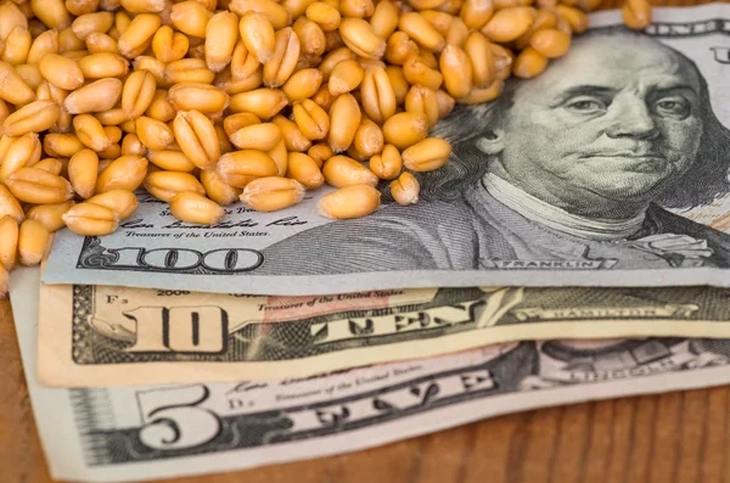EU wheat exports drop to 7-month low after renewed concerns

The benchmark wheat futures traded on Euronext on Thursday fell to their lowest level in seven months as concerns over short-term demand for exports this season were rekindled by a stronger euro and a sparse demand from abroad.
Euronext’s May wheat was trading at 217.50 euro ($235.03) per metric ton at 1720 GMT. It had previously been at its lowest price of 217.25 euro since August 27.
On Wednesday, the contract was stable after hitting a low of two weeks. However, on Thursday Chicago wheat prices fell in U.S. trade.
The low weekly U.S. sales of exports underscored the tepid demand for American products abroad, while the rebound in the dollar against the euro disappointed traders after the price of western European wheat became more competitive this month.
A futures dealer stated that the market was once again focusing on the lack of demand. Yesterday, there was talk that French wheat would be competitive anywhere but still lacked the quality.
Heavy rains last year also affected yields and caused a mixed grain quality, which made the French harvest less appealing to buyers in the milling industry.
The price of Russian 11.5% Wheat for April/May Delivery was unchanged at $243-$245 per ton FOB. French prices were about $2 cheaper per ton depending on Euronext movements, traders reported. Ukrainian wheat was $2-$3 less expensive than Russian.
Traders said that the end of Ramadan this weekend, and the Eid holiday next week, will likely reduce demand among key Middle East and North African buyers.
The forecast showers in U.S. Plains region and Black Sea region also eased concerns over this year’s wheat harvest.
A German trader stated that “there is considerable rain predicted in the Black Sea Region in the coming days, but also in east EU including the large production areas in Romanian and Bulgaria.”
Traders continue to monitor the progress of a U.S. initiative for a maritime ceasefire in the Black Sea as well as any potential impact on agricultural trade due to U.S. tariffs.
Dealers said that rapeseed futures in May rose to their highest level in three weeks, as talk of a tighter supply on short term basis fueled a recovery from the six-month-low reached earlier this month.
For almost 30 years of expertise in the agri markets, UkrAgroConsult has accumulated an extensive database, which became the basis of the platform AgriSupp.
It is a multi-functional online platform with market intelligence for grains and oilseeds that enables to get access to daily operational information on the Black Sea & Danube markets, analytical reports, historical data.
You are welcome to get a 7-day free demo access!!!
Write to us
Our manager will contact you soon



